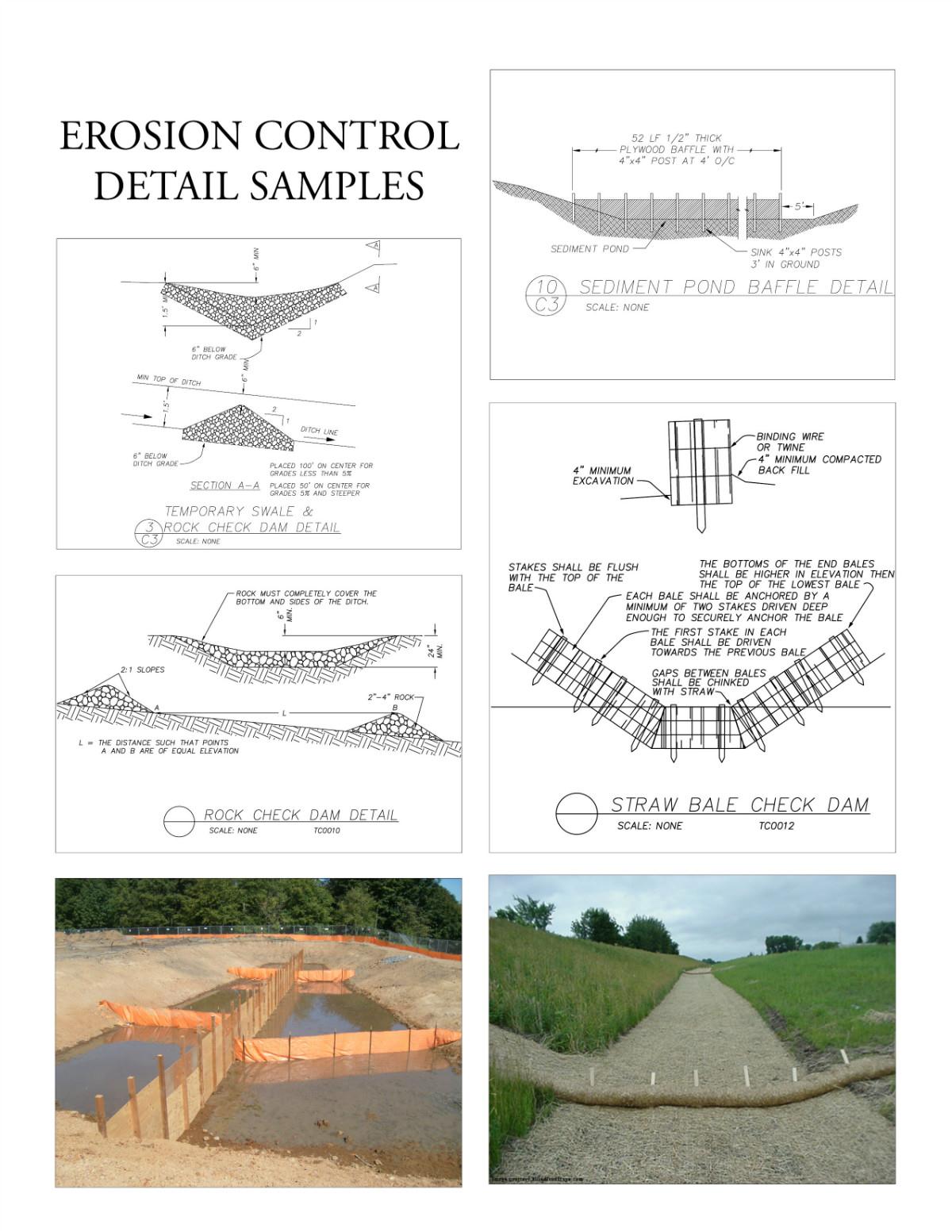Erosion Control - Why It's Critical To Your Project (at any size)
There is no doubt that erosion control, once almost an afterthought, is now taking a central place in design and construction. The Federal Clear Water Act and the more recent listings of local fish under the Endangered Species Act are forcing State and local jurisdictions to increase erosion control regulations and the requirements are only due to get more rigorous. Already, the requirements for a General Construction Stormwater Permit from the Department of Ecology have dropped to 1 acre of disturbed area and Surface Water Pollution Prevention Plans in many jurisdictions are required even for single family construction. Finally, third party lawsuits are becoming more and more prevalent and costly to defend against.
Given that we work in Western Washington, unless you are lucky, rainfall will have an opportunity to mix with exposed soils on your construction site and pick up sediment. What happens when the rain comes down depends on how well your site is protected. How well your site is protected can then impact how your project funds and schedule are protected. Poor erosion control practices can be costly in property damage, repairs to completed site work, mitigation for off-site impacts, stop work notices, fines and legal fees.
The best way to protect your project is to be prepared. Here are some areas to consider:
Beginning in the early stages, design erosion control into the plan. From standard cover practices to identifying impaired water bodies downstream, your engineer is the start to good erosion control practices.
- Obtain the required permits. These permits act as a shield. By having them in hand and meeting their requirements; they can protect you against fines, stop work notices, and lawsuits.
Schedule site work around expected weather conditions. Performing large scale earthwork efforts during the summer months will have less impact and will likely be quicker and less costly. If winter construction is a requirement, perform the work in stages. Keep your eye on the weather forecasts and have additional erosion control materials on-hand for immediate placement.
Think erosion control from the start of construction. Install controls prior to grading. Once they are in place, monitor and maintain them. If they are working properly, they will need to be maintained. It is not enough just to install erosion controls at the beginning of the project and then neglect them until the end of the project. Fencing gets knocked over, wind plays havoc on tarps, and TESC ponds fill with sediment. Once this happens, they are not going to be effective to stop further erosion.
Have additional materials on hand for an emergency. You never know when a problem will occur, but it usually happens at the worst time. If you are prepared, you can keep an emergency from turning into a disaster.
Monitor and document the results. On projects greater than one acre, a Certified Erosion Control Lead will be required to review performance, take samples, make recommendations, and document the findings in a Site Log Book on a regular basis. If there is a complaint, the governing authority is going to go straight to that log book to see if it is up to date. If it is not, you have already purchased trouble.
By having an adaptable design, good house-keeping practices on-site, and the understanding of how effective erosion control measures can benefit you and your project; you will be on the right track to a successful construction effort.
If you have questions or need help with erosion control on your project feel free to contact David Harmsen, Director of Engineering. He can be reached via email at davidh@harmseninc.com or by phone at 360-794-7811.
